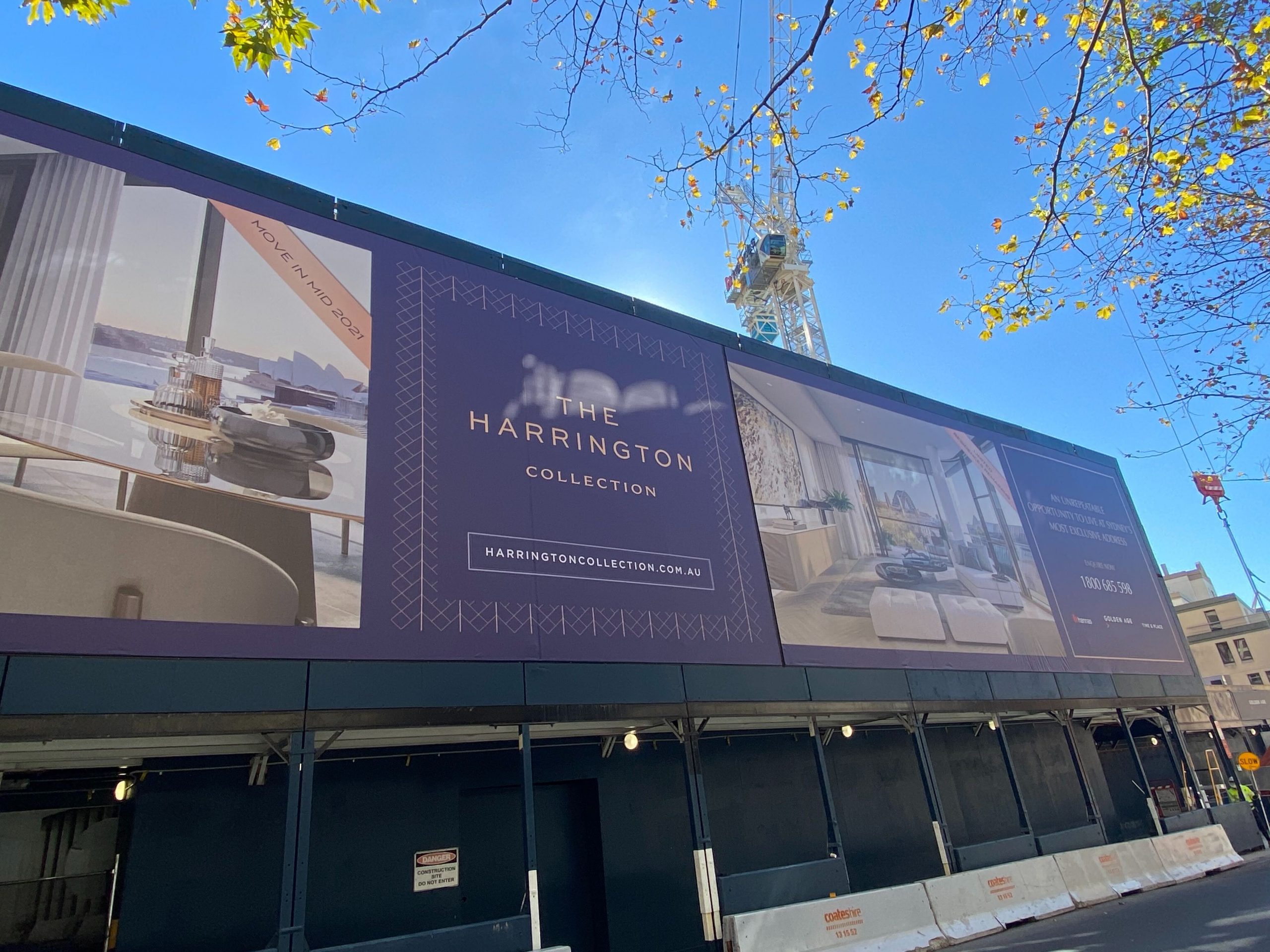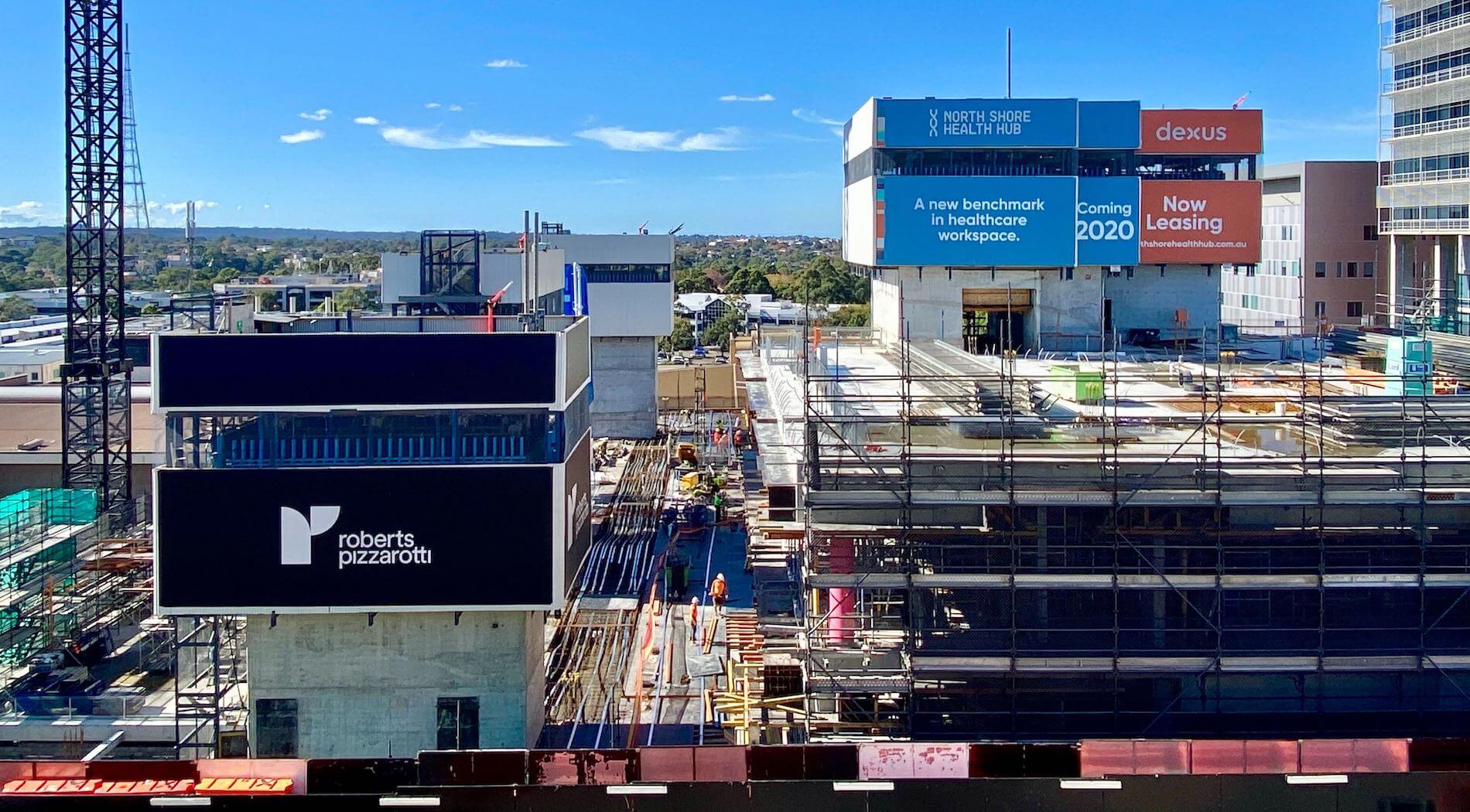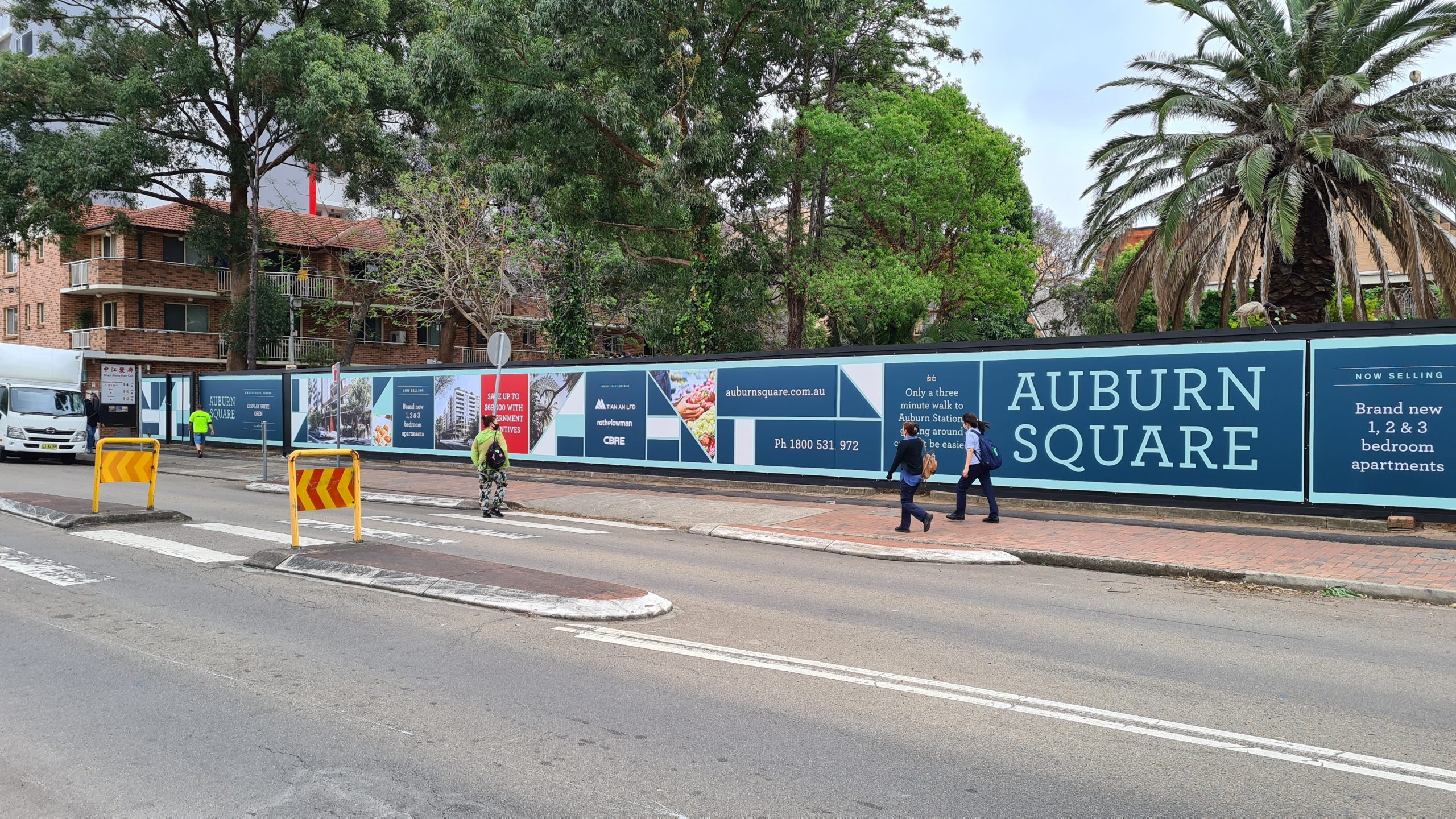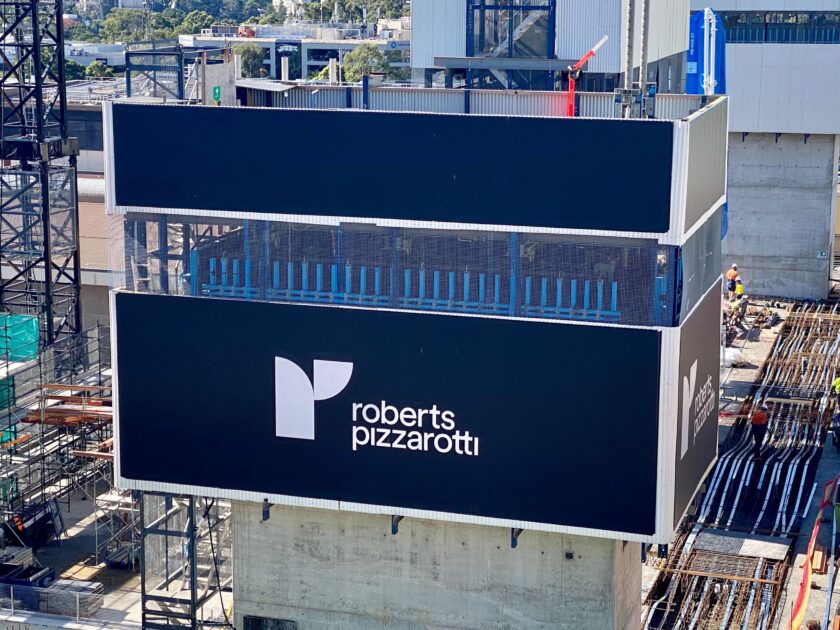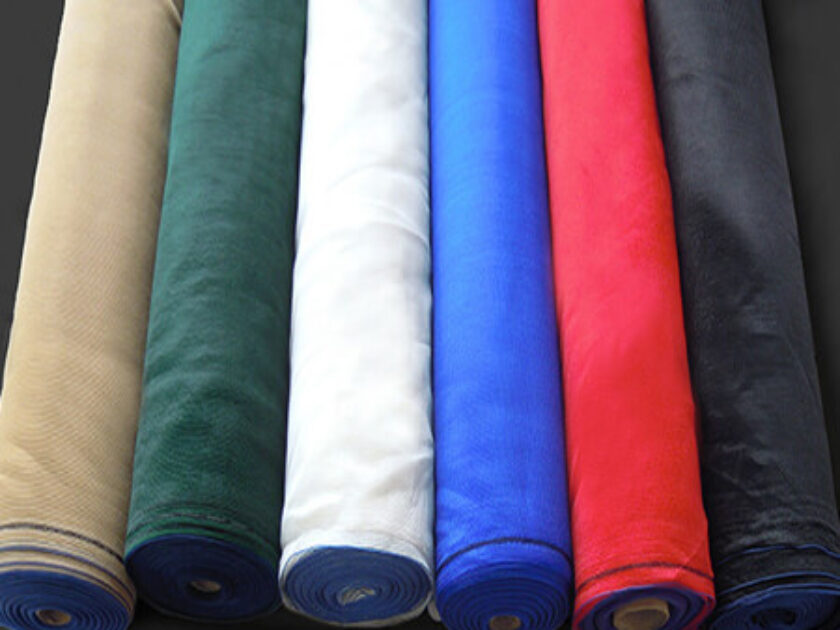What is a Vector File and why do I need one?
 13 October 2020
13 October 2020 3 mins read
3 mins read
When it comes to grand format printing it’s important that the graphics displayed are sharp and the text is clear and easy to read. This is all made possible by using vector graphics. Vector files are opposed to raster files, knowing the difference between the two is imperative to making sure your print is sharp at any size and not pixelated.
What is a Vector file?
A vector file is a computer graphic that uses mathematical formulas to render its image, instead of using pixel data like raster files. Commonly known vector files are; .ai, .eps, .pdf and .svg, all of which are excellent for logos, charts, icons or any hard-edged graphics. Vector files give the user the ability to adjust the size of a graphic without it suffering in quality due to it being defined in terms of points on a Cartesian plane, which are all connected by curves and lines to form certain shapes. In simpler terms, vector graphics are flexible allowing them to be manipulated for large signage use without any loss of clarity. This is clearly beneficial in the printing business, we need vector files to make sure to get the best result out of the signage being produced.
What is a Raster file?
Raster images are what you’ll most commonly come across on the internet in photos and even catalogues. A raster image uses many coloured pixels or individuals building blocks to form a complete image. The most well-known raster files are; .jpg, .gif, .png and .tif, which you’ll notice are all great for being displayed on a screen. Using many small pixels to create an image can be fine for online use, since it isn’t displayed on a large scale. When it comes to printing, however, the raster files tend to become pixelated, once the image is rendered it is not flexible and the more zoomed in or enlarged the graphic becomes the more you’ll see the pixel building blocks clearly, which does not give a sharp or clear appearance. Raster files then clearly aren’t suitable for print but are excellent for screen use.
A final note
I’m sure now you can see the clear differences between vector files and raster files and their best-intended uses. The versatility of a vector file makes it the ideal choice for signage, and it’s why you need to use vector files when you’re ready to print. Raster files are good in their own way, which is on screen where individuals will not tend to see the pixels on a smaller scale. So remember to use vector files to create the designs you want printed next.
If you have any questions about your artwork, please don’t hesitate to contact us. Our in house designer would be more than happy to guide you through the process.
Have a look at some of the fantastic artwork we have printed on custom printed banners here.
